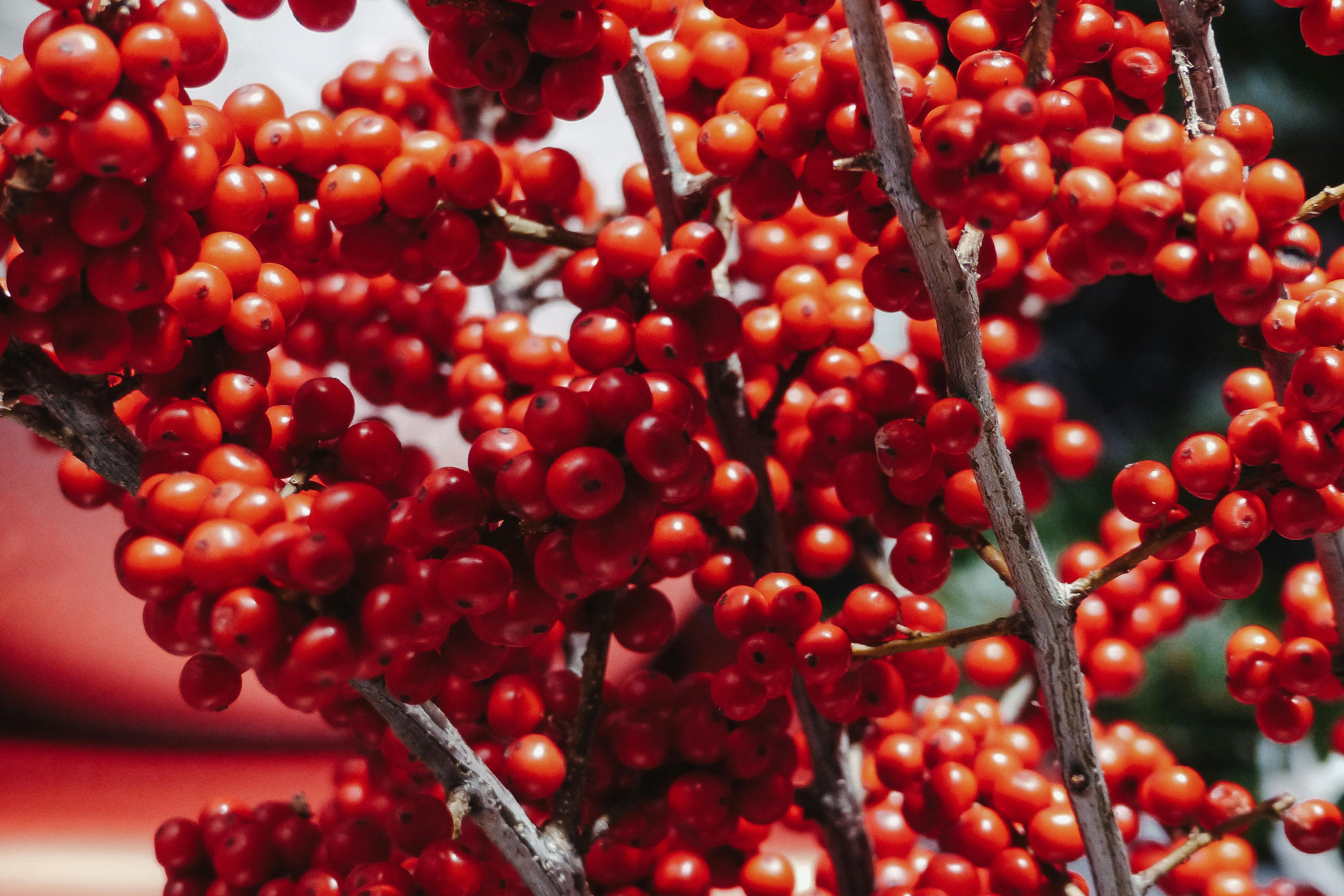Avocados are a popular and nutritious fruit that can be eaten in many different ways. But have you ever wondered how long it takes for an avocado tree to bear fruit? The answer depends on a number of factors, including the type of avocado tree and the climate in which it is grown. In this article, we’ll explore how many years it typically takes for an avocado tree to bear fruit and how you can maximize your chances of harvesting avocados from your own tree.It typically takes an avocado tree anywhere from 3 to 5 years after planting to bear fruit.
Factors Affecting the Time it Takes for an Avocado Tree to Bear Fruit
Avocado trees are a popular fruit tree in many parts of the world, and they can provide a continuous and plentiful harvest when cared for correctly. The time it takes for an avocado tree to bear fruit can vary greatly depending on the variety, climate, and other factors.
The variety of avocado tree is a major factor in how long it takes for the tree to bear fruit. Some varieties, such as Fuerte and Bacon avocados, will produce fruit within two or three years, while others may take up to eight years before bearing fruit.
The climate in which the tree is grown is also important in determining its maturity rate. Avocado trees require warm temperatures and plenty of sunshine to thrive; areas with cold winters or short growing seasons may not be suitable for growing avocados. The amount of rainfall and soil type can also affect how quickly an avocado tree will reach maturity.
The care provided for the avocado tree is also critical in determining when it will bear fruit. Proper pruning, fertilizing, watering, and pest control are essential for encouraging healthy growth and development. If these tasks are neglected or done improperly, the growth of the tree may be inhibited and it could take longer than expected to produce fruit.
Finally, avocado trees grown from seed generally take longer to produce fruit than those that are grafted or purchased as saplings. Growing an avocado from seed typically takes anywhere from seven to fifteen years before it begins producing significant harvests; grafted plants usually bear fruit within three or four years.
In conclusion, there are many factors that affect how long it takes for an avocado tree to bear fruit. Varieties vary widely in their maturation rate; warm climates with ample rainfall promote healthy growth; proper care is essential; and trees grown from seed take significantly longer to reach maturity than those that have been grafted or purchased as saplings. With proper attention and care, however, an avocado tree can provide delicious fruits for many years to come!
Typical Time Frames for Avocado Trees Bearing Fruit
Avocado trees generally take between four and thirteen years to begin bearing fruit, depending on the tree’s variety and the climate in which it is grown. Young trees may bear light crops as early as four years after planting, while others may take up to 13 years to reach full production. A cold winter will delay flowering and fruit set. In warm climates, one avocado tree can produce up to 500 fruits in a single season. Each avocado tree may produce a different amount of fruit each year, so plan on harvesting some years more than others. When an avocado tree is mature enough to bear fruit, it will usually produce a crop every year for many years. To ensure optimal harvests, provide your avocado tree with proper care such as fertilization and irrigation during the fruiting season. With proper care, an avocado tree can remain productive for decades.
Growing an Avocado Tree from Seed
Avocados are a delicious and nutritious snack, and growing your own avocado tree can be an interesting and rewarding experience. Growing an avocado tree from seed requires patience, as it can take anywhere from three to six years before you will see fruit. But if you take the time to nurture your tree, the rewards will be great! Here are some tips for growing an avocado tree from seed.
The first step in growing an avocado tree from seed is to carefully remove the seed from the fruit. Gently pry open the fruit and remove the seed inside, being careful not to damage it. Rinse off any remaining pieces of flesh or skin and allow it to dry completely. Once dry, use three toothpicks to suspend the seed half-submerged in a glass of water—the pointy end should face up.
The next step is germination, which usually takes around 2-6 weeks. During this time, you should keep the glass in a warm spot where it will get plenty of indirect sunlight. The water should be changed every few days to prevent mold growth and help keep the environment clean for germination. Be patient—it may take several weeks before you start seeing a sprout emerge from the top of your avocado seed.
Once your sprout has emerged and grown about two inches long, it’s time to transplant it into soil or a potting mix specifically formulated for trees. Make sure that there is enough room for root growth and adequate drainage. Place your new plant in a sunny spot and keep it watered regularly but not overwatered—avocado plants don’t like wet feet!
Caring for your avocado tree requires regular pruning, fertilization, pest control, watering, and patient observation as it grows into maturity over several years. With proper care, eventually you may be able to harvest delicious avocados straight from your very own backyard!
Planting Avocado Trees
Avocado trees are known for their delicious fruit and attractive foliage, and they are relatively easy to grow in the right conditions. Planting an avocado tree is relatively simple, and there are a few key steps that must be followed in order to ensure a successful crop. First, choose a location that receives full sun for at least six hours per day and has well-draining soil. Dig a hole that is at least twice the size of the root ball and fill it with compost or other organic matter. Place the tree in the hole and backfill with soil, making sure to tamp down firmly around the base of the tree. Water thoroughly after planting to help settle the soil around the roots.
Caring for Avocado Trees
Avocado trees require weekly deep watering during summer months, but should not be overwatered as this can cause root rot. Fertilize monthly during growing season with an all-purpose fertilizer such as 10-10-10 or 12-12-12, being sure not to overfertilize as too much fertilizer can damage or even kill an avocado tree. Prune annually in early spring to remove any dead or diseased branches and shape the canopy of your tree. Pests such as scale insects can be problematic, so keep an eye out for any signs of infestation and take appropriate action if needed. With proper care, your avocado tree should bear fruit within three to four years of planting!

What to Do When an Avocado Tree Is Not Bearing Fruit
Avocado trees are a great addition to any garden for their shade and the delicious fruit they provide. However, if your avocado tree is not bearing fruit, it can be frustrating. There are several possible causes for an avocado tree not bearing fruit, but with some simple steps, you can get your avocado tree back on track.
The first step is to make sure that your tree is healthy and has the proper environment for growing avocados. Avocados need full sunlight and well-drained soil. If you think your tree’s environment isn’t ideal for growing avocados, consider moving it or making changes to its environment. Additionally, make sure you’re providing adequate water and nutrients to your tree by fertilizing it regularly.
The next step is to check the age of your avocado tree. Avocado trees generally begin producing fruit three to four years after planting. If your tree is younger than that, it may not be ready yet to bear fruit. If you’ve had the tree longer than three or four years, then there may be another issue at hand that needs addressing in order for the tree to bear fruit again.
Another possible cause of an avocado tree not bearing fruit is pollination issues. Avocado trees are self-pollinating but can benefit from cross-pollination with other varieties of avocados nearby. If there aren’t any other varieties of avocados in the area, consider planting one nearby or using a hand pollinator tool to help encourage pollination in your avocado tree so it can produce fruit again.
Finally, if all else fails and none of these steps have helped get your avocado tree back on track, consider hiring a professional arborist or pest control expert who specializes in avocados for further advice on getting your avocado tree bearing fruit again!
Common Pests and Diseases that may Affect the Fruiting of an Avocado Tree
Avocado trees are susceptible to a variety of pests and diseases that can affect their fruiting potential. Common pests include aphids, thrips, mealybugs, scale insects, and mites. These pests can cause damage to the foliage, flowers, and fruit of an avocado tree. As they feed on the sap of the tree’s leaves and stems, the tree’s health is compromised which can lead to reduced fruiting potential. To control these pests it is important to monitor regularly for signs of infestation and use appropriate control measures when necessary.
Diseases are another common problem affecting avocado trees. Common diseases include root rot, anthracnose, sooty mold, gummosis, and Phytophthora root rot. Root rot occurs when the roots of an avocado tree become infected with fungi or bacteria which can lead to stunted growth and reduced yields. Anthracnose is caused by a fungal infection which causes lesions on foliage and fruit which can reduce yields as well. Sooty mold is a fungus that covers leaves in black spots which can block sunlight from reaching the leaves and reduce photosynthesis efficiency. Gummosis is caused by bacterial infections resulting in oozing gum-like substances on the trunk or branches of an avocado tree. Finally Phytophthora root rot is caused by a water-borne fungus that attacks young roots leading to reduced growth.
It is important to monitor for signs of pests or disease on your avocado tree in order to maintain its productivity. Regular pruning of damaged branches or removal of infected leaves can help reduce spread of disease, as can careful watering practices such as avoiding wetting the foliage when watering. If you suspect your tree has been affected by pests or disease speak with your local nursery or garden center for advice on how best to manage this situation.
Climate Requirements for Growing a Healthy, Bearing Avocado Tree
Avocado trees have been cultivated for many generations, and are known to thrive in warm climates. Growing an avocado tree can be a rewarding experience; however, it is important to be aware of the climate requirements needed for a healthy and bearing tree. Avocado trees require plenty of sunlight and temperatures that do not dip below freezing. They need well-draining soil, with pH levels between 6 and 7.5. Adequate water is also essential; avocado trees should receive 1-2 inches of water each week during the growing season, with more water given during hot summer months. Mulching around the tree helps retain moisture and reduce weeds. Avocados also require regular fertilization; use an organic fertilizer that is high in nitrogen and potassium every 4-6 weeks during the growing season.
Avocado trees can be grown outdoors in USDA hardiness zones 8-11, with some varieties being able to tolerate temperatures as low as 25°F. If you live in an area with colder winters, container growing is recommended for your avocado tree. When planting an avocado tree in a pot, make sure to use a large pot that is at least 18 inches wide and 18 inches deep so the roots have enough room to spread out. Additionally, it’s important to choose a container made of porous material such as terracotta or unglazed ceramic that will allow excess moisture to evaporate. With proper care and maintenance, your avocado tree should produce delicious fruit within 3-4 years!

Conclusion
To sum up, the time it takes for an avocado tree to bear fruit varies depending on factors such as species, climate, and care. Generally, it can take anywhere from 3 to 5 years for a young tree to begin producing fruit. After that, an avocado tree can continue to produce fruit for up to 20 years.
When planting an avocado tree, it’s important that you select the right species for your climate, provide adequate care and maintenance, and have patience as the tree matures. With proper care and attention, you can enjoy freshly harvested avocados from your very own backyard in no time!
Thank you for reading this article on How Many Years For Avocado Tree To Bear Fruit. We hope it was helpful in informing you about what to expect when growing your own avocado tree!



